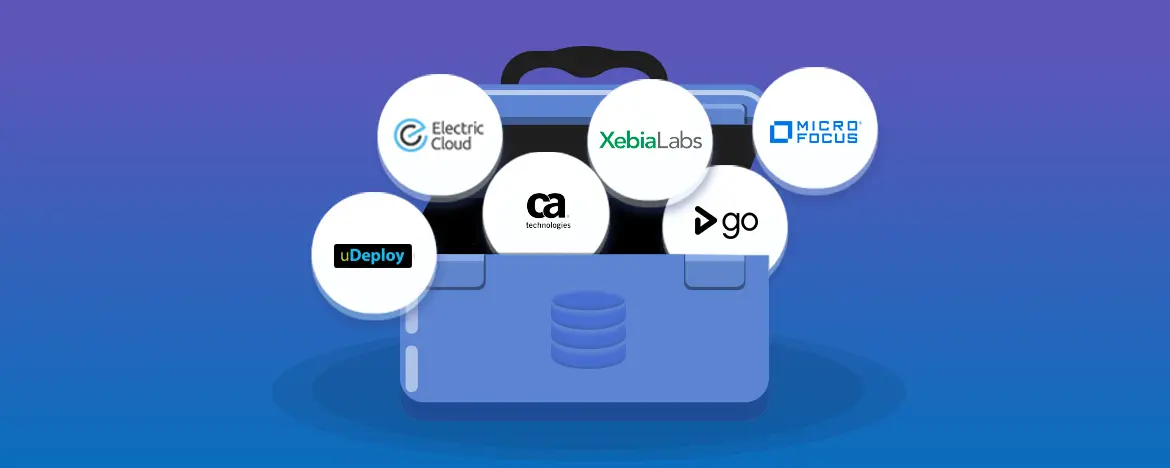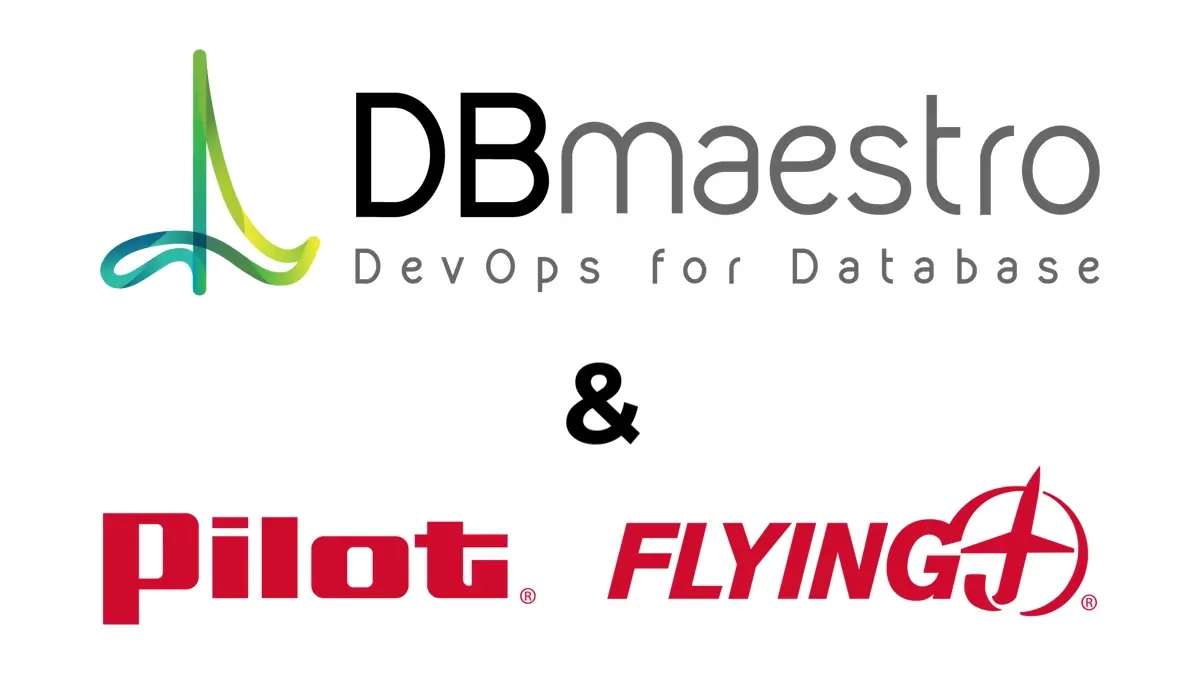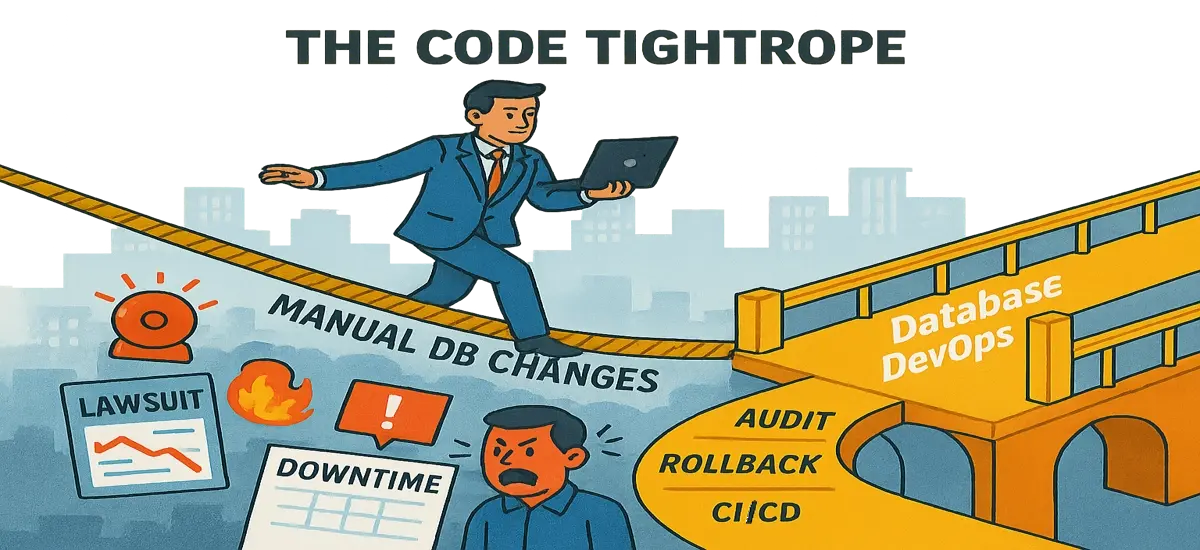Advantages of Release Automation
Release automation (RA) refers to the process of automatically deploying an application or update across the complete release lifecycle, from development, through testing, and ultimately to production. It helps organizations perform release management in a more efficient and timely manner by releasing updates to production more often and increasing the quality of those releases.
The benefits of transitioning from manual release processes are numerous. RA effectively enables DevOps teams to spend less time on change tasks and more time on strategic initiatives. In addition, RA allows for automated enforcement of rules and standards, whether technical, regulatory, or corporate. The introduction of process standardization across all environments also leads to fewer errors in production, while the ability to simulate proposed changes enables enterprises to catch and correct errors earlier, when they are easier to correct. Finally, RA results in a very clear audit trail.
These benefits have driven enterprises to take an increasing interest in streamlining their releases. According to DBmaestro’s 2018 DevOps Survey, 12% of respondents had a lead time of a day or less in 2017, and this number is expected to double in 2018 to 23% aiming for the same objective. To achieve their goals, enterprises are turning to release automation vendors to help them accelerate release cycles and increase the frequency of deployments. According to Gartner, by 2020, 50% of global enterprises will have implemented at least one RA solution, up from less than 15% in 2017.
The Shift to an Enhanced RA Tool Marketplace
Increasingly, tools and practices are emerging that enable automation of the entire release process, delivering all the benefits of a completely automated solution. We’ve compiled a list of the top six RA tools for 2018, based on Gartner’s 2017 Magic Quadrant for Application Release Automation, as well as hundreds of user reviews from the tech community on IT Central Station. These comparisons considered vendor pricing, performance, features, stability and many other criteria important to enterprise technology professionals.
6 Top Release Automation Tools (listed alphabetically)
- CA Technologies Release Automation platform is an end-to-end application release management solution that integrates with an enterprise’s continuous delivery toolchain and provides scalability, resilience, database security, and enterprise management connectivity. Gartner highlights the solution’s out-of-the-box support for large enterprise commercial off-the-shelf applications (e.g. Siebel, SAP) and mainframe platforms. CA’s Release Automation is typically delivered either as an on-premises solution or as a hosted offering, and integrates well with workload automation, IT process automation, and cloud service orchestration tools.
- Electric Cloud ElectricFlow is an adaptive release orchestration platform with an easy-to-use interface that is designed for large and mid-sized organizations developing enterprise web/IT, mobile, and embedded system Gartner emphasizes the solution’s product enhancements, including support for microservice-based applications, expanded container technology support, new pipeline management capabilities, serverless computing support, and new in-product, in-context tutorials to speed ramp-up times. ElectricFlow is primarily delivered as an on-premises product, but is also available as a hosted solution via a partner.
- GoCD by ThoughtWorks is an open source continuous delivery server that offers enterprises a build and deployment engine for complete control and visibility. It provides end-to-end visualization, cloud native deployments, complex workflow modeling, and advanced traceability. Features can be extended with the installation of several plugins to allow integration with authentication and authorization software, version control software, build tools, notification and chat tools, and cloud computing providers.
- MicroFocus Deployment Automation (formerly Serena Deployment Automation) enables simplification, standardization, and automation of the deployment of complex multi-tier applications across all environments, including heterogeneous, distributed, physical, virtual, and cloud servers. The solution features an intuitive graphical editor and reusable process templates for process and deployment pipeline automation. Gartner underlines Microfocus’ strong customer support, vast integration capabilities, and plug-in architecture with out-of-the-box support for the major application environments, as well as its seamless integration with third-party tools.
- UrbanCode Deploy by IBM combines the visibility, traceability, and auditing capabilities that enable enterprises to deploy applications to distributed data centers, cloud, and virtualized environments. The plugin ecosystem eliminates scripting and helps build DevOps toolchains for complex applications. Gartner highlights the wide array of delivery options in which the application-release automation solution can be utilized, including SaaS, PaaS feature, hybrid, and on-premises delivery options. UrbanCode Deploy is especially attractive for users with investments in IBM software and platforms.
- XebiaLabs XL Deploy offers a holistic framework that automates and standardizes release and deployment processes and provides end-to-end visibility into the teams, processes, tools, tasks, and technologies that make up the software delivery cycle. The solution works seamlessly with everything from public and private clouds, container platforms, and legacy systems, to continuous integration, provisioning, and middleware tools. Gartner cites the solution’s ease and speed of implementation thanks to an agentless design, as well as its modern UI and project planning orientation.
With the wide range of RA vendors in the market, enterprises will need to carefully evaluate the features and benefits of available tools. No matter which is ultimately chosen, enterprises must ensure that the vendor meets all their desired criteria so that the enterprise gains the full advantage of a completely automated solution.
DRA: The Missing Link in Release Automation
One of the most complex, time-consuming, and error-prone areas in release automation is updating the database to support a new application. However, despite the risks, our survey shows that, when it comes to databases, only 14% of respondents are able to deploy database changes daily. Implementing a best-practices approach to database release automation mitigates this risk and enables a faster time-to-market. It also benefits DevOps with CI/CD automation, as well as drift management and prevention. Database RA also enhances security with compliance management, roles and permissions, policy management, and audit trails. Download this comprehensive report to review the challenges and best practices of companies using or looking to implement DevOps for databases and learn how your organization compares to that of your industry peers.
Making the Database Part of Your Continuous Delivery Pipeline? Read More to find out why is it important.




